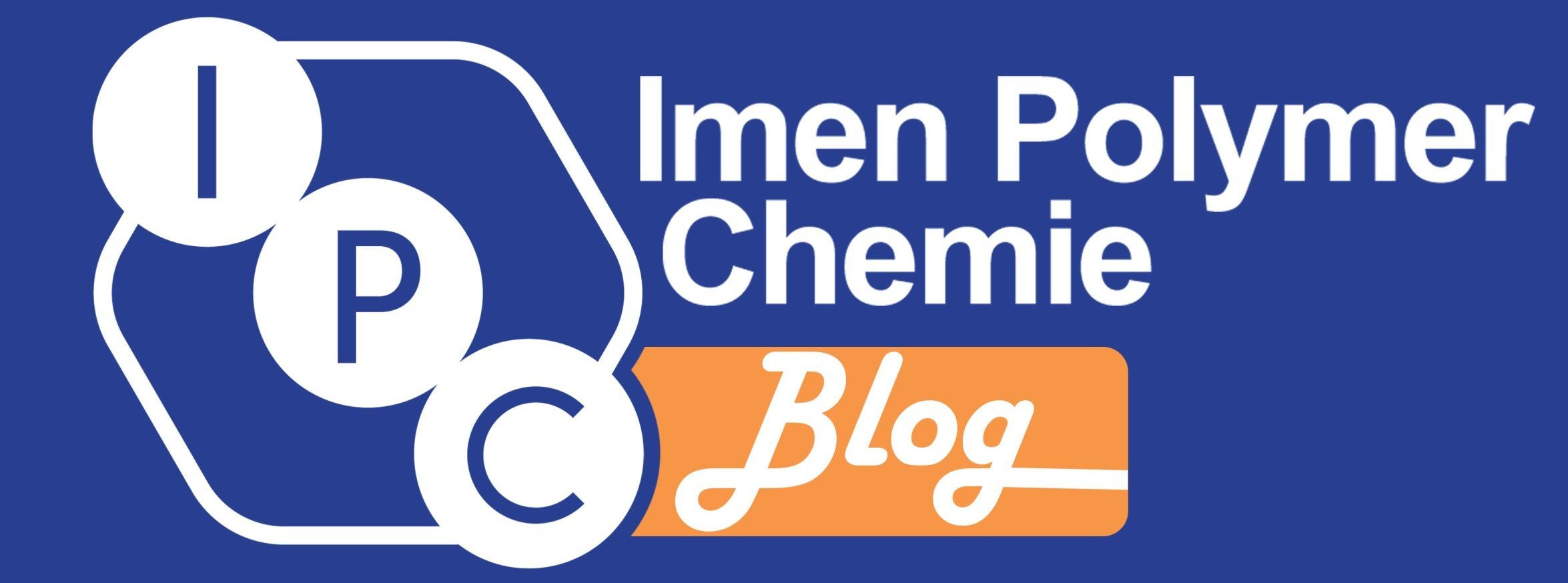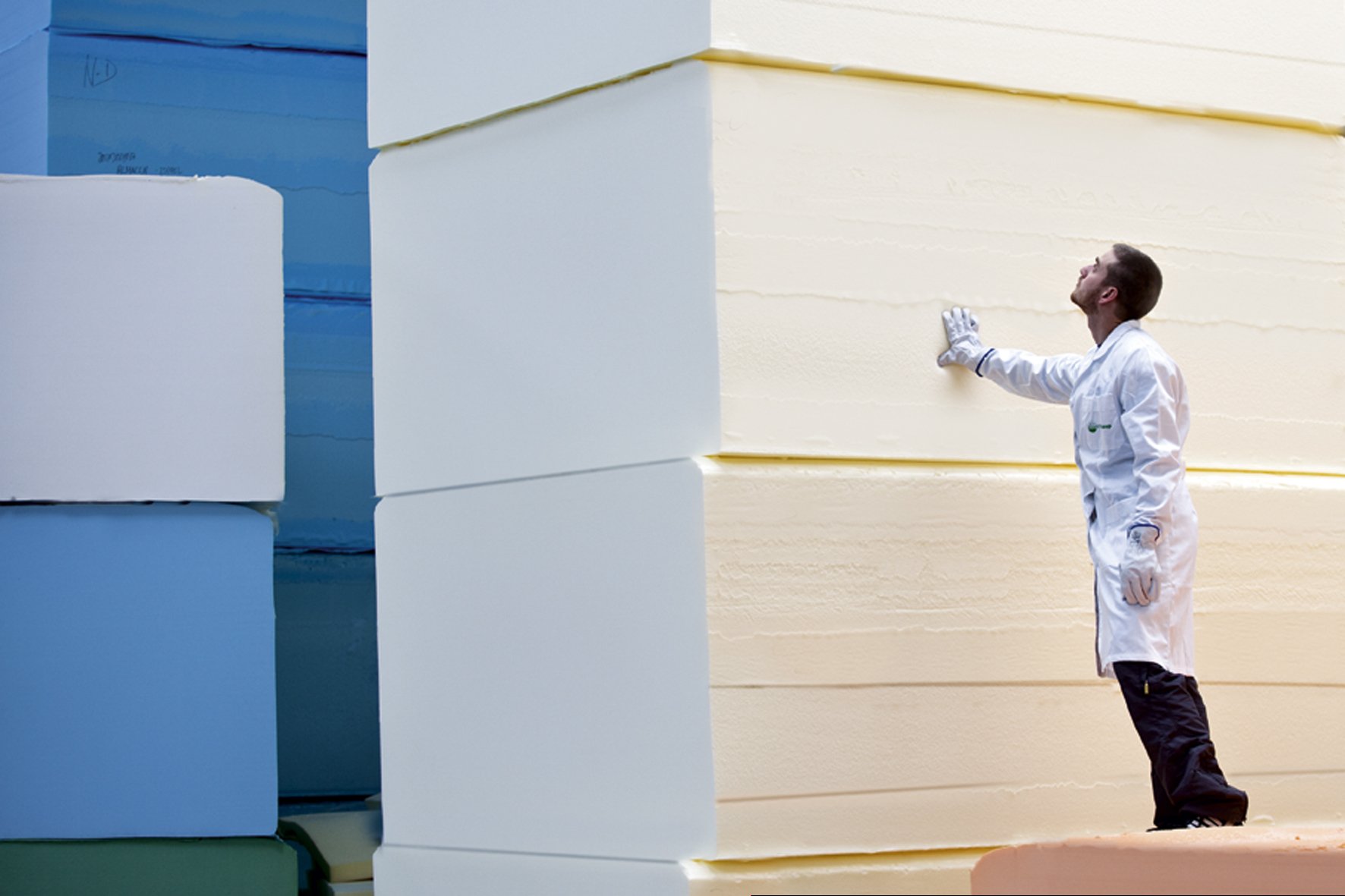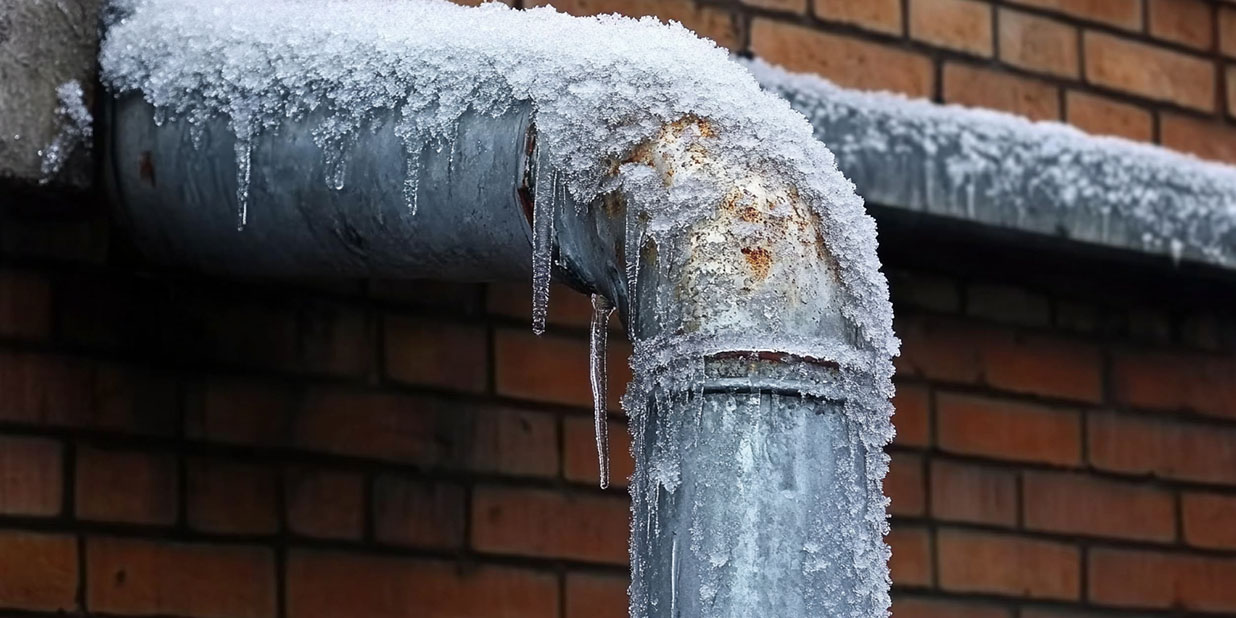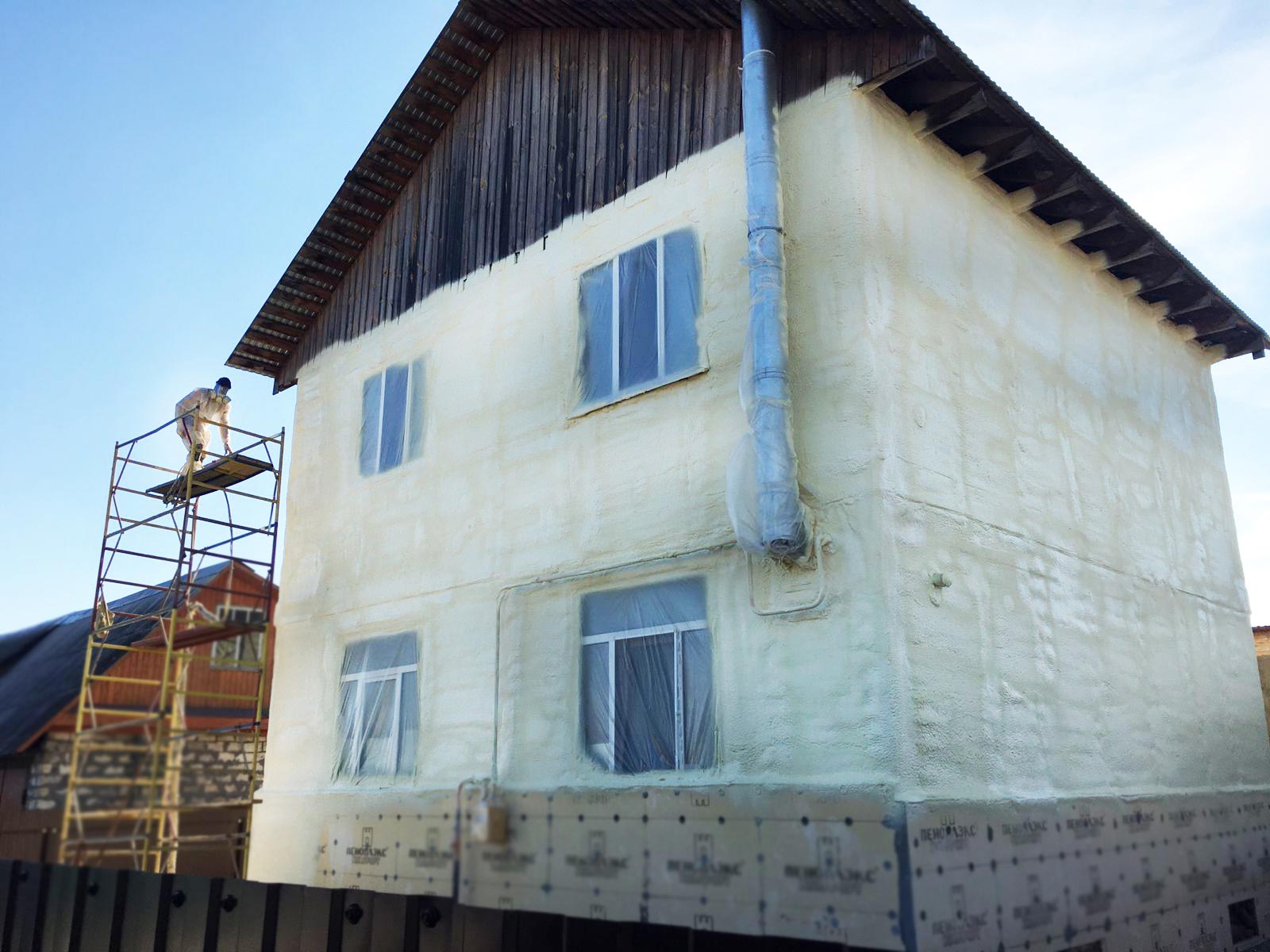Table of contents
Polyurethane foams have become an integral part of human life today in various dimensions. These foams can be rigid or flexible depending on the changes in their formulation, and are used in a variety of applications such as construction, automotive, furniture, bedding, and so on. However, there are concerns about their effects on human health, which we address in this article to clarify any ambiguities and concerns.
Do polyurethane foams have really a harmful effect on human health?
Polyurethanes are the result of a chemical reaction between polyols and isocyanates. However, when the reaction between the components is complete and the polyurethane foam is synthesized (produced), this foam will be a inert and harmless material for human beings. Contrary to what many claim, studies indicate that polyurethane products pose no risk to human health.
It should be noted that many believe that once the polyurethane resin is dry, it is completely harmless, but in most cases, the foam must be given time until the curing process is complete. It can be confidently said that after that (foam curing), the resulting product is completely safe and does not create any problems for human health Generally, polyurethanes require about 24 hours to fully dry, and then it takes 4 to 9 days to complete the curing process (this time range will vary depending on the formulation and type of foam).
Therefore, when working with polyurethane resin, safety precautions must be carefully observed, and it is recommended to use gloves and respiratory masks during foam production (foam synthesis). If some of the material is spilled on the skin or eyes during use, or even if some of the material is accidentally ingested, the safety data sheet should be consulted.
Workers who manipulate polyurethane foams
Workers who handle pre-made polyurethane foams, such as those who install or mount them, such as panel or foam board installers, do not need to follow any specific safety precautions. In other words, there is no need to be overly worried while working with molded polyurethane foams. The finished items created by custom molding polyurethane are completely safe to touch and to live with. They also have a structural integrity that makes them non-toxic, and safer than alternative materials.
However, workers who apply polyurethane spray foam should pay close attention to safety precautions because exposure to these chemicals over the long term (without using safety supplies) can be harmful to their health. For this reason, workers should wear protective clothing, masks, goggles, and gloves before starting work and follow safety guidelines recommended by the material manufacturer or supplier.

Impact of Polyurethane insulation foam on indoor air quality
Polyurethane insulation materials have demonstrated much better performance compared to other insulation materials, and their use leads to greater comfort for residents and energy savings, resulting in lower utility bills.
Undoubtedly, whether the insulation used in buildings contains harmful materials for human health is of great importance. However, the indoor air quality of a building depends on various factors, including humidity levels and ventilation. Therefore, the amount of substances emitted from building insulation can be negligible compared to other factors.
In fact, polyurethane insulation materials can be in the form of blocks, boards, or pre-made panels produced in factories, or they can be applied by spraying in place. During the production process of polyurethane foam products, various organic substances can be emitted from the foam into the environment. The amount and type of volatile and semi-volatile organic chemicals (VOCs, SVOCs) released from polyurethane spray foams in the environment are evaluated and assessed using the ASTM D8142-17 standard.

It must be said that since the discovery of polyurethane foams by Otto Bayer, this product quickly developed and today encompasses many aspects of our lives. Therefore, considering the numerous advantages of this foam and the sense of comfort and ease it provides us, it can be said that the benefits outweigh some of the potential problems that may come with it. Therefore, by observing safety precautions when working with this material and increasing one’s knowledge in this field, one can benefit from these advantages without any concerns. To sum up, as previously mentioned, these materials are completely safe when they are delivered to the customer as a final product.






